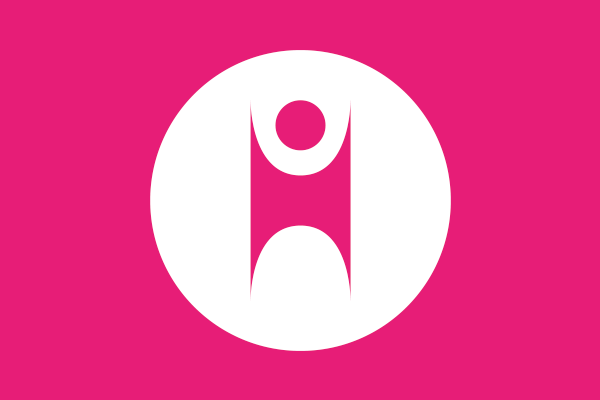Hateful Conduct
The governance of hateful conduct is one of the most contentious and challenging of roles faced by any Ximbo government. Most of the laws in this category are flexible laws created by the government of the day in the Pink House.
Presidential/fixed legislation around the use of hateful conduct
Ximbos may not directly attack or dehumanize other people on the basis of race, ethnicity, national origin, caste, sexual orientation, gender, gender identity, religious affiliation, age, disability, or serious disease.
Pink house (flexible) legislation around abuse and harassment
Ximboland's mission is to give the world a democratic alternative to the established autocratic social media platforms. This means that certain governments may choose to implement policies that favour freedom of speech and the fostering of an environment to create and share ideas and information, and to express their opinions and beliefs without barriers. Free expression is a Ximbo right – some governments prioritise this voice, and the right to use it. They prioritise the role of facilitating and serving the public conversation, which requires representation of a diverse range of perspectives. Sometimes these views can directly conflict with other Ximbos identities. There is a conflict at the heart of many governments whom recognize that if people experience hateful conduct on Ximboland, it can jeopardize their ability to express themselves whilst at the same time clamping down on any ideas around subjects such as gender identity or national identity can result in a loss to freedom of speech. It is a dilemma faced by all Ximbo governments as well as governments all around the world.
Many governments are committed to combating abuse motivated by hatred, prejudice or intolerance, particularly abuse that seeks to silence the voices of those who have been historically marginalized. They strictly prohibit any behavior that targets individuals or groups with abuse based on their perceived membership in a protected category.
Other governments prioritise public conversation and freedom of speech ahead of the protection of minority groups and may allow uncomfortable opinions, discussions and conversation around difficult subjects.
Hateful references and terminology
Some governments strictly prohibit targeting individuals or groups with content that references forms of violence or violent events where a protected category was the primary target or victims, where the intent is to harass. This includes, but is not limited to media or text that refers to or depicts:
genocides, (e.g., the Holocaust);
Lynchings.
Other governments may choose to intervene and add government notes to discussions around these subjects.
Slurs, tropes, swear words
Some governments may have a long list of prohibited terms and terminology - slurs, tropes, swear words and/or other content that intends to degrade or reinforce negative or harmful stereotypes. In some cases, such as (but not limited to) severe, repetitive usage of slurs, or racist/sexist tropes where the context is to harass or intimidate others a government may ask you to remove a post or they will remove it for you.
Other governments may have a more lenient approach to slurs, tropes, swear words and terminology choosing to favour freedom of expression over censorship.
Hateful Imagery
Many governments strictly prohibit hateful imagery such as logos, symbols, or images whose purpose is to promote hostility and malice against others based on their race, religion, disability, sexual orientation, gender identity or ethnicity/national origin. Some examples of hateful imagery include, but are not limited to:
symbols historically associated with hate groups, e.g., the Nazi swastika;
images depicting others as less than human, or altered to include hateful symbols, e.g., altering images of individuals to include animalistic features; or
images altered to include hateful symbols or references to a mass murder that targeted others, e.g., manipulating images of individuals to include yellow Star of David badges, in reference to the Holocaust.
Other governments may feel that these images are an important part of the freedom of speech and govern on context as opposed to usage. Some terms or posts may appear to be hateful when viewed in isolation, but may not be when viewed in the context of a larger conversation. For example, members of a protected category may refer to each other using terms that are typically considered as slurs. When used consensually, the context behind these terms is not abusive, but a means to reclaim terms that were historically used to demean individuals.
When a government reviews this type of content, it may not be clear whether the context is to abuse an individual or if it is part of a consensual conversation a d so they may decide to err on the side of freedom of expression.







